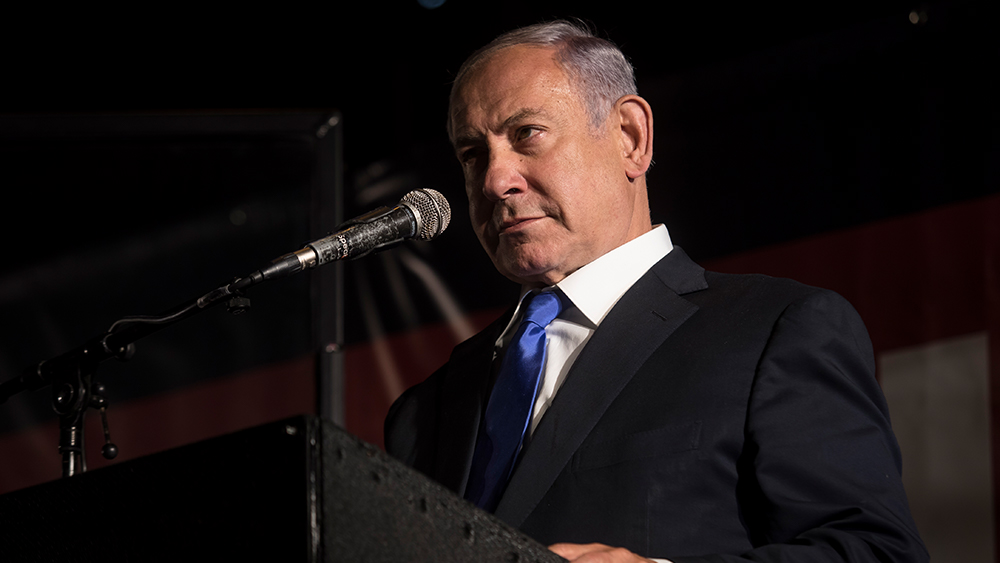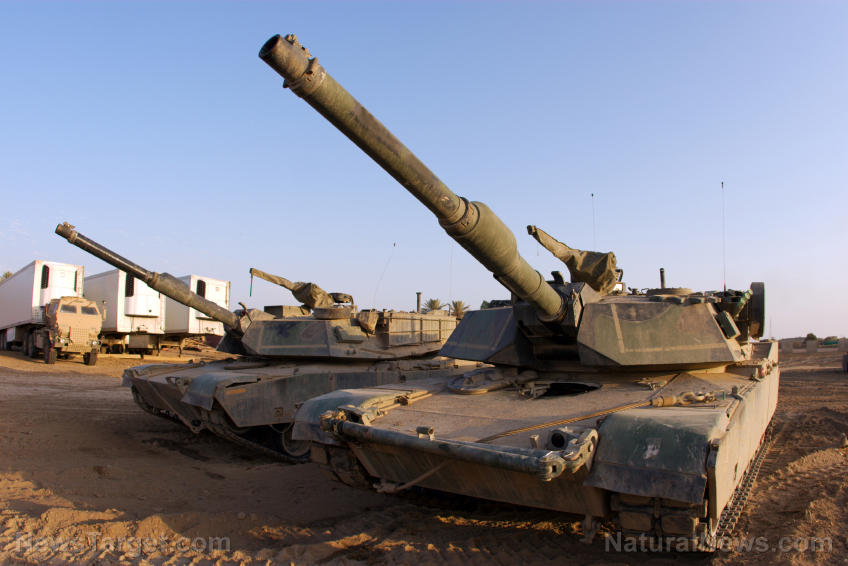 Parler
Parler Gab
Gab
- The collision between a UH-60 Black Hawk helicopter and an American Eagle flight near Reagan National Airport resulted in 67 deaths, prompting an investigation into military flight protocols and aviation safety.
- President Donald Trump asserted that the Black Hawk was flying "too high," claiming it was well above the 200-foot limit, sparking debate over the timing and basis of his statement.
- The National Transportation Safety Board and the Pentagon are investigating the crash. The incident has led to immediate changes in helicopter traffic restrictions around Reagan National Airport.
- The crash highlights the challenges of military helicopter flights in the D.C. area, echoing past incidents and prompting renewed focus on aviation safety and military protocols. The investigation will shape future policies.
The crash and its aftermath
The collision occurred as the American Airlines regional jet was on its final approach to Reagan National Airport. The Black Hawk, operated by the 12th Aviation Battalion based at Fort Belvoir, Virginia, was reportedly on a routine mission transporting senior government officials. The helicopter’s flight path, known as Route 4, is a well-traveled corridor over the Potomac River, where altitude is capped at 200 feet (61 meters) for safety reasons. Initial reports from The New York Times suggest that the helicopter had requested permission to fly at the 200-foot limit but may have exceeded it. The National Transportation Safety Board (NTSB) and the Pentagon are investigating the crash, with investigators already retrieving the flight data recorders, or "black boxes," from both aircraft. A preliminary report is expected within 30 days. Defense Secretary Pete Hegseth acknowledged that elevation may have been a factor but emphasized the experience of the Black Hawk crew. "The instructor pilot had 1,000 flying hours, and the other pilot had 500 hours," Hegseth said. "These were seasoned professionals."Trump’s broader critique: Diversity in aviation
While Trump’s comments about the helicopter’s altitude have dominated headlines, he has also reignited his critique of diversity, equity and inclusion (DEI) initiatives in the aviation sector. Without providing evidence, Trump suggested that efforts to hire diverse air traffic controllers, including those with disabilities, may have compromised safety. "We want the most competent people, no matter what race they are. … If they don’t have a great brain, a great power of the brain, they’re not going to be very good at what they do," Trump told reporters at the White House. He also signed a memo to end DEI practices in aviation and appointed a new head of the Federal Aviation Administration (FAA) in response to the crash. Critics have accused Trump of politicizing the tragedy, while supporters argue that his focus on merit-based hiring is a necessary step to ensure safety. The debate echoes broader conservative concerns about the impact of DEI initiatives on institutional competence, a theme Trump has championed since his presidency.Military flights in the D.C. area
Military helicopters have long been a fixture in the skies over Washington, D.C., transporting high-ranking officials and conducting training missions. The 12th Aviation Battalion, which operated the crashed Black Hawk, is a key unit responsible for these flights. However, the D.C. area’s congested airspace has historically posed challenges. The 200-foot altitude limit for helicopters near Reagan National Airport was established to minimize the risk of collisions with commercial aircraft. This restriction reflects lessons learned from past incidents, including the 1982 Air Florida Flight 90 crash, which killed 78 people after striking the 14th Street Bridge over the Potomac. The current crash has prompted immediate changes, with Secretary of Transportation Sean Duffy announcing restrictions on helicopter traffic around Reagan National Airport. "These measures will ensure the safety of both plane and helicopter traffic," Duffy said.A nation mourns, questions linger
As recovery efforts continue, authorities have identified 28 of the victims, with 41 bodies recovered so far. John Donnelly of the D.C. Fire and Emergency Medical Services Department expressed the collective grief of the nation. "We are sharing prayers and condolences with the families," Donnelly said during a press briefing. "This is heart-breaking work." The crash has left Americans grappling with profound questions about aviation safety, military protocols and the role of leadership in times of crisis. While Trump’s comments have added a political dimension to the tragedy, they have also underscored the need for transparency and accountability in the investigation. As the NTSB and Pentagon work to determine the cause of the crash, one thing is clear: the lessons learned from this disaster will shape aviation and military policies for years to come. For now, the nation mourns the lives lost and awaits answers that may prevent such a tragedy from happening again. This is a developing story. Updates will be provided as more information becomes available. Sources include: Reuters.com TheHill.com BBC.comGoogle backtracks on AI ethics pledge, sparks outrage over weapons and surveillance use
By Cassie B. // Share
USAID SCANDAL: Funding fake news and fueling the progressive agenda
By Willow Tohi // Share
Decriminalizing carbon dioxide: The unraveling of EPA’s flawed Endangerment Finding
By Willow Tohi // Share
Netanyahu: Israel delays Iran’s nuclear weapons program by a decade
By Belle Carter // Share
A surefire path to WWIII: Desperate Zelensky calls for NUKES to stop Russia
By Ramon Tomey // Share
China’s covert coup: How Beijing tried to overthrow Spain’s government
By Ava Grace // Share
Governments continue to obscure COVID-19 vaccine data amid rising concerns over excess deaths
By patricklewis // Share
Tech giant Microsoft backs EXTINCTION with its support of carbon capture programs
By ramontomeydw // Share
Germany to resume arms exports to Israel despite repeated ceasefire violations
By isabelle // Share










